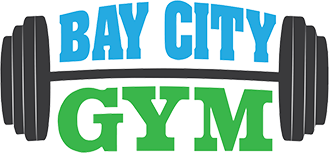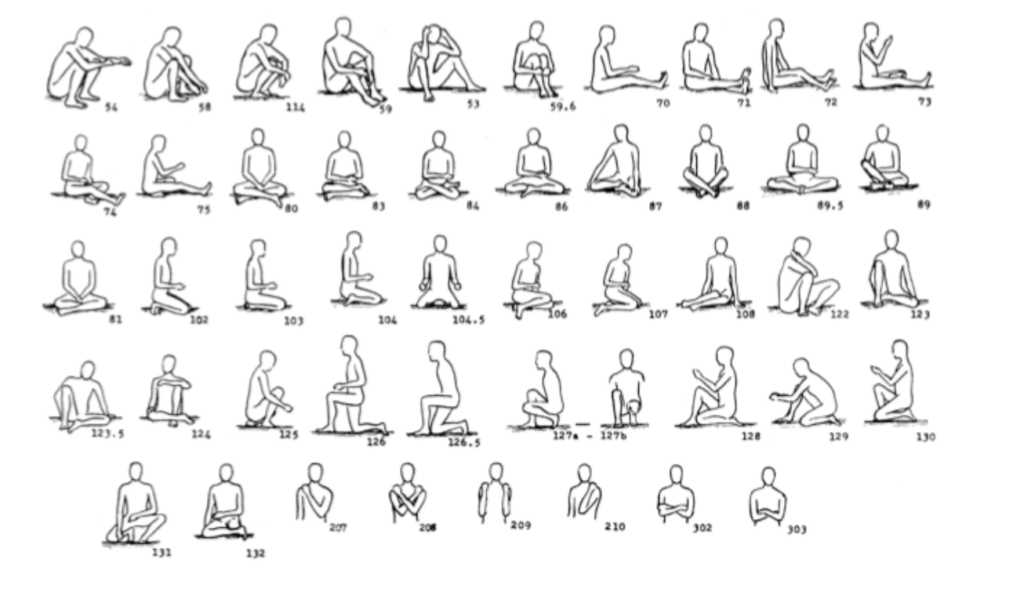Article written by Gavin Stoddart – Personal Trainer and Bay City Gym Gym Manager
Many of us spend the day sitting at a desk then we come home and sit in front of the television or computer. Sitting in chairs is a relatively new thing for a human body that evolved from sitting or squatting on the ground.
When we practise something, we get good at it so if we sit all day, we get really good at sitting. The trouble occurs when we want to move freely, and our bodies don’t recognise a nice healthy standing posture as ‘normal” anymore and we start to tighten and weaken in the areas we need to be strong and flexible in when standing. As we age and the body gets even better at sitting and our posture adapts, we start to really notice stiffening and restrictions within our joints and movements.
Many experts are now suggesting that floor sitting and the ability to stand up from the ground that develops alongside floor sitting, are key components of healthy living and successful aging. Phillip Beach a Wellington based Osteopath and researcher talks about archetypal postures- Archetypal postures are innate postures built into our shared heritage and anatomy. He has postulated that the postures/positions ‘retune’ our system. It helps us maintain our physical mobility after physical exercise- once upon a time after going out for a hunt we would rest by sitting on the ground thereby restoring optimal mobility without the need for stretching.
Less overall volume of sitting, frequent changes in position and an ability to get up and down off the ground are good ways to lessen the negative effects of sitting along with improved mobility and strength!
I would recommend spending time sitting on the ground while you are sedentary i.e. computer time, watching TV, studying, eating, reading etc. Use a bolster as needed. Your tolerance will improve to the positions. It may take 12-18 months to really feel a significant change. A principle used in strength and conditioning is relevant here. Specific Adaptation to Imposed Demands (SAID). The SAID principle states that the human body adapts specifically to imposed demands i.e. use it or lose it. You will adapt and you will maintain. Be patient and try to enjoy the process.
The following images are some postures that you can try. The key to successful integration of these exercise is to make them safe. If you can not sit in a position comfortably don’t avoid it but find a way to make it more comfortable such as using a bolster under your bottom or to support the knees, you need to find a way to allow you to relax into the position. Another key to improving mobility and flexibility is to continually move from one position to another, the more you move between the postures the freer you will start to get.
Please note that if you already have joint damage or injuries, please be very careful performing these postures and stay away from painful positions.
If you would like to learn more about these positions or need some guidance, please don’t hesitate to approach one of our friendly gym staff.
Enjoy!



